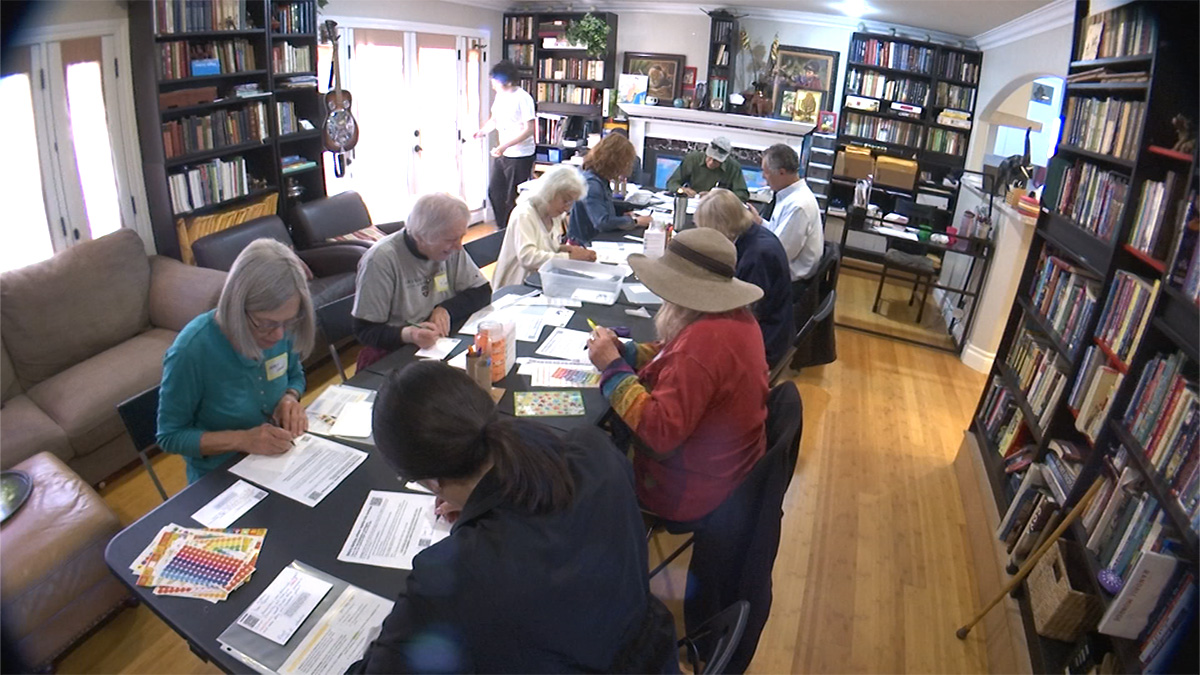Your eyes weren't playing tricks on you. That ball of fire you thought you saw in the sky? It really happened.
From the as far south as Hollister, to San Francisco, and even Marin County, witnesses described seeing a fiery object trailed by a winding curl of smoke just after 5:00 Saturday evening.
One viewer in Milpitas likened the flash to a flaming shooting star, while another from Santa Clara simply stated, "I just witnessed something BIG fall from the sky."
NBC Bay Area Meteorologist Rob Mayeda says the smoke trail indicates the fireball was a football-sized meteor, rather than space junk.
The images, by local astronomer Rick Baldridge, show the upper atmosphere smoke trail illuminated shortly after sunset.
Given that the fireball traveled low in the sky in an east to west trajectory, local astronomers believe it was a rogue meteor not associated with the ongoing Taurid or upcoming Leonid meteor showers.
Here's some more background from on meteors from our meteorologist:
Local
What you see in most meteor showers is a sand-grain sized particle (sometimes pebble sized) entering the Earth’s upper atmosphere in a sudden streak of light. The light is caused by a growing sliver of heated air as the meteor begins to disintegrate usually at 50 to 75 miles above the Earth’s surface.
So what type of event will come this year? Here are some of the categories:
Types of metor displays:
- Meteor Shower - A ‘typical’ display of meteors, usually 100 or less per hour.
- Meteor Storm - When the Earth passes through a denser field of comet dust, meteor rates may increase to 1000 per hour or more.
- Meteor Outburst - After the recent transit of a Comet, the Earth passes through a fairly large swath of dust and debris. This can lead to an “outburst” where thousands of meteors per hour are seen. Larger meteors known as bolides last for longer periods of time and display bits and pieces often falling away from the main meteor as it crosses the sky, sometimes ending with an audible explosion. Should a piece of the meteor survive the fiery path through the atmosphere and reach the ground it becomes known as a meteorite.
Meteor colors:
- The colors seen in meteor trails can hint at the composition of the meteor particle.
- Calcium - violet, Iron - blue, Magnesium - green/blue, Sodium - yellow, Nitrogen/Oxygen - red



